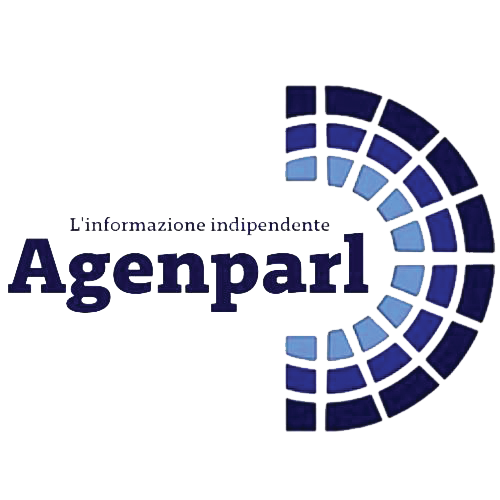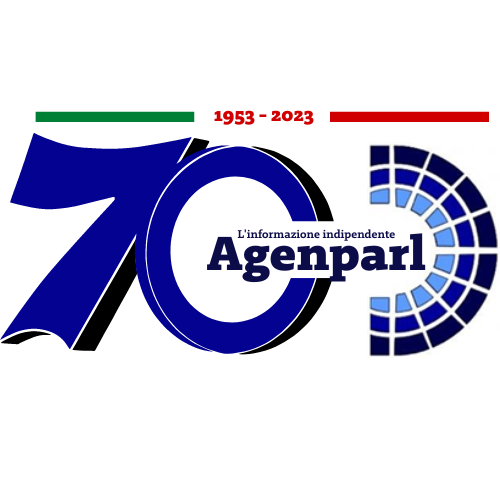 (AGENPARL) - Roma, 31 Luglio 2025
(AGENPARL) - Roma, 31 Luglio 2025(AGENPARL) – Thu 31 July 2025 PressReleaseFinal3.jpg
INTERNATIONAL ATOMIC ENERGY AGENCY
31 July 2025
IAEA-Supported Laboratory Opens to Fight Microplastics in Galapagos Islands
galapagos 2.jpeg.png
The Galapagos Islands where the Oceanography and Microplastics Laboratory, supported by the IAEA, was established to monitor and analyse microplastic pollution. (Credit: Ana Dracaena/Adobe)
A new laboratory supported by the International Atomic Energy Agency was officially inaugurated this month in the Galapagos Islands to address the growing threat of marine microplastic pollution.
The Oceanography and Microplastics Laboratory was established by the government in Ecuador, with support from the IAEA, to monitor and analyse microplastic pollution in the Galapagos Islands. Designated a UNESCO World Heritage Site, the Galapagos Islands are renowned for their extraordinary biodiversity and unique evolutionary adaptations, shaped by their remote location some 1000 kilometres west of mainland Ecuador.
While a robust monitoring and cleanup programme is in place to tackle the estimated six tonnes of plastic waste that wash ashore on the islands each year, microplastics — plastic particles smaller than five millimetres — pose a more complex challenge for the Galapagos National Park, a protected area encompassing 97% of the islands.
Nuclear-derived techniques can help detect and analyse microplastic particles too small for traditional monitoring. The laboratory is now analysing water samples and will be able to analyse sediment, and biota samples from the islands at a microscopic scale to identify the types of polymers and improve the understanding of how they disperse in the marine environment where they can endanger marine life.
In a video address at the opening ceremony for the laboratory on 17 July, IAEA Director General Rafael Mariano Grossi said the laboratory — situated on the Santa Cruz Island — will be an active partner in environmental monitoring and reporting of microplastic pollution for Ecuador, including the Galapagos Islands.
“The laboratory offers new opportunities to conduct studies on the environmental impact on the vulnerable and relevant biodiversity of the Islands, helping authorities to take and implement more precise control measures aimed at the protection and conservation of the Galapagos National Park,” he added.
The data generated in the new laboratory will enable local and national authorities to more accurately assess plastic pollution levels and design targeted strategies to mitigate their impact. The information will also feed into the IAEA’s coordinated efforts under the IAEA Marine Environment Laboratories in Monaco to build a global network of laboratories with analytical capacities to monitor and mitigate marine microplastic pollution.
The IAEA, through its technical cooperation programme, has also strengthened monitoring and analytical capacities in institutions such as the Galápagos National Park and the Escuela Superior Politécnica del Litoral (ESPOL) in Guayaquil, to address the growing threat of marine pollution from microplastics in the Galápagos Islands. The IAEA has allocated nearly €1 million to provide the new laboratory with equipment and training for monitoring marine stressors such as ocean acidification, eutrophication, and microplastic pollution — all of which threaten the region’s unique biodiversity and ecosystems.
Follow IAEA on:
About the IAEA
The International Atomic Energy Agency (IAEA) serves as the world’s foremost intergovernmental forum for scientific and technical co-operation in the peaceful use of nuclear technology. Established as an autonomous organization under the United Nations (UN) in 1957, the IAEA carries out programmes to maximize the useful contribution of nuclear technology to society while verifying its peaceful use.
IAEA | Media, Multimedia & Public Outreach Section
Office of Public Information and Communication
______________________
IAEA VIENNA, Wagramer Strasse 5 P.O. Box 100, VIENNA, NA NA Austria
